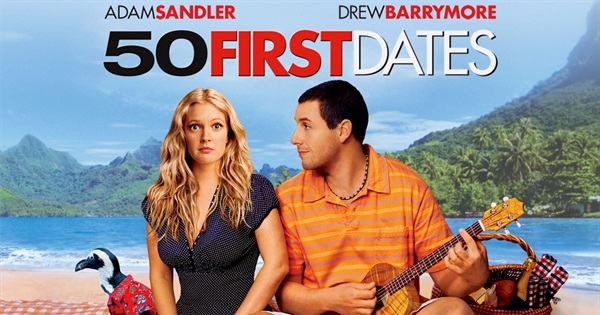

In the end, her identity isn’t simply tied to her lover but is, in fact, empowered as she finds new purpose and satisfaction in the study of law. One should be able to appreciate Elle Woods’s character development in Legally Blonde, as her character arc throughout reveals that she is more than just a beautiful and blonde “bimbo”––but showcases intelligence and wit as well. However, a case can be made defending these films as being feminist too, instead of just sexist in nature. The arguments made above have been made in strong critique against the problematic notions displayed in the thematic and narrative structure of the Chick Flicks discussed. Only in recent years have we seen attempts at showing women of color and other sexualities in starring roles. Mostly all of them will feature our main protagonists as conventionally attractive white, cisgender, and heterosexual. The last trope concerns the severe lack of diversity and representation seen in the early 2000s, Chick Flicks. However, this kind of anti-femininity stereotyping allows for the perception that all ultra-feminine presenting women are these vain, shallow, manipulative, and cruel, mean girls. This was certainly intentional as the two characters’ foil drives the narrative until the end. Cady doesn’t wear much makeup, cares too much about what she’s wearing, and is awkward and unpopular at her new school. Regina George’s intense femininity is in stark contrast with protagonist Cady Heron’s “not-like-other-girls” persona. However, Regina is depicted as casually cruel and immensely superficial––allowing for her ultra-feminine girliness to be perceived with strong negative connotations.

In any other context, these traits don’t necessarily make a character “bad” or even “unlikable” (Elle Woods is a good example). Her character is portrayed as stereotypically girly, loves wearing pink and makeup, is fashionable, and is obsessed with calorie counting, of course. Regina George, played by Rachel McAdams, is Mean Girls’ main antagonistic force. In Legally Blonde and Mean Girls, this trope is prominently showcased. The most notable trope in these films is the demonization of the ultra-feminine. Mia Thermopolis (Anne Hathaway) gets a makeover transformation in The Princess Diaries (2001). The male gaze can also be tied back to this since after our heroines’ “transformation,” they win the affections of the male love interest. It is implied in these makeup transformation sequences that a woman needs to be perceived as beautiful by society to have worth and value. This is especially prevalent in Mean Girls and The Princess Diaries, as the female characters are given makeovers in a “miraculous transformation” to be considered more desirable. This affirms heteronormative values and society as a whole.Īnother popular trope is the titular “makeover scenes” that take precedence in many Chick Flicks. Whether intentionally or not, this sends a message to the young girls watching those films that loving and being loved by an attractive man is essential to womanhood. Also, in Mean Girls main plot conflict arises due to Cady Heron’s attraction to the typical handsome male love interest. The catalyst to move the plot forward begins with the attractive male love interest. In Legally Blonde, the female protagonist Elle Woods, played by Reese Witherspoon, follows her ex-boyfriend to law school after he ends their relationship. The male love interest will often drive the plot in some way or is integral to it.

Although, the same can be said for the narrative structure of most classical Hollywood films. First is the strong visual representation of the conventionally attractive male love interest for our female protagonist. Upon viewing a few of these films, one can see the patterns that each of them partakes in. Since I will be mainly discussing Chick Flicks hailing from the early 2000s, these familiar tropes that are seen will pertain to that era. The Chick Flicks to be discussed are Legally Blonde (2001), The Princess Diaries (2001), and Mean Girls (2004). Many of the films portray similar characteristics: female protagonists, feminine themes, and female audiences. These films are stereotyped as merely low-quality cash-grabs compared to other “for the boys” films. To put it simply, Chick Flicks are known to cater primarily to a young female demographic.


 0 kommentar(er)
0 kommentar(er)
